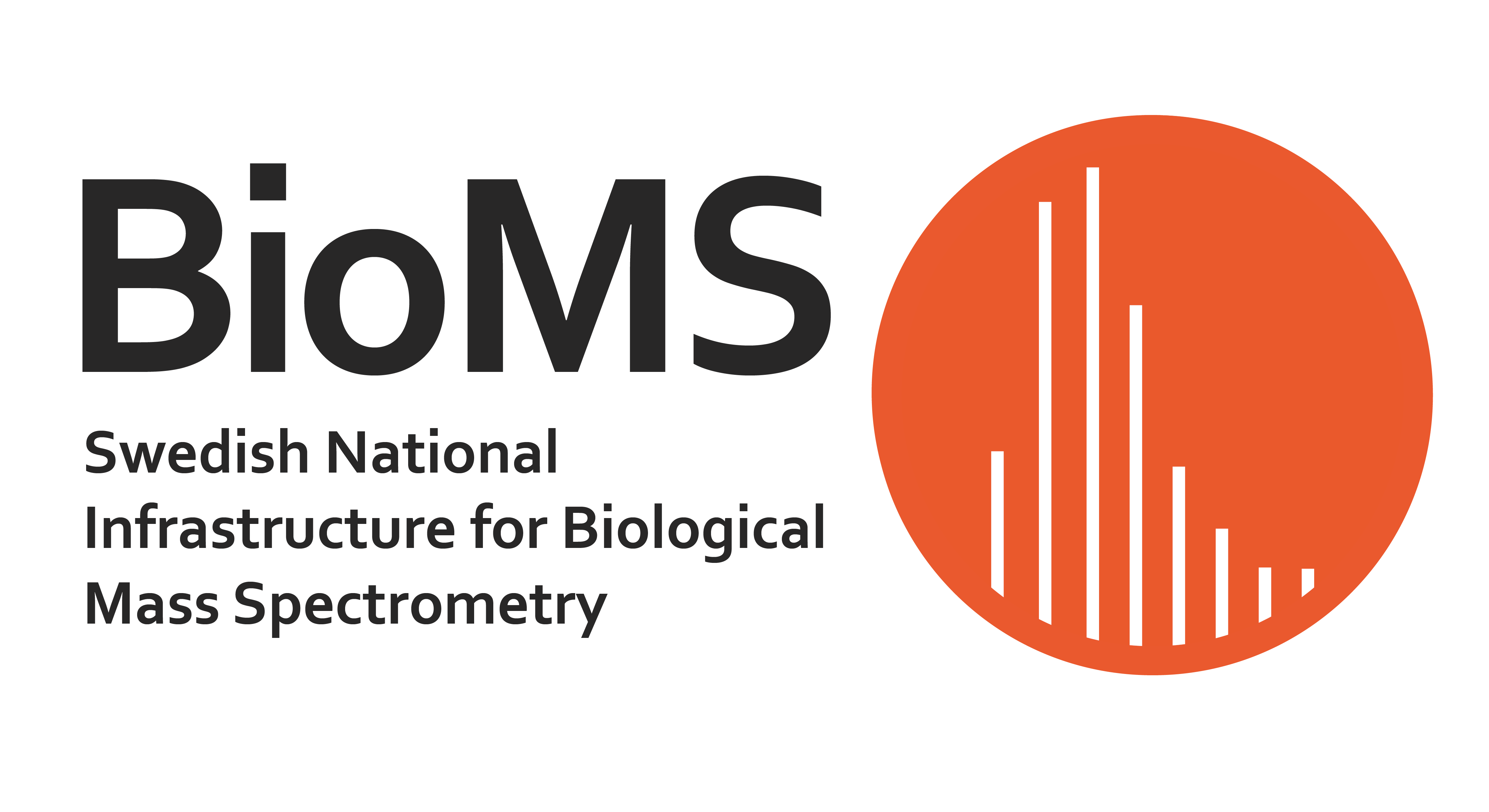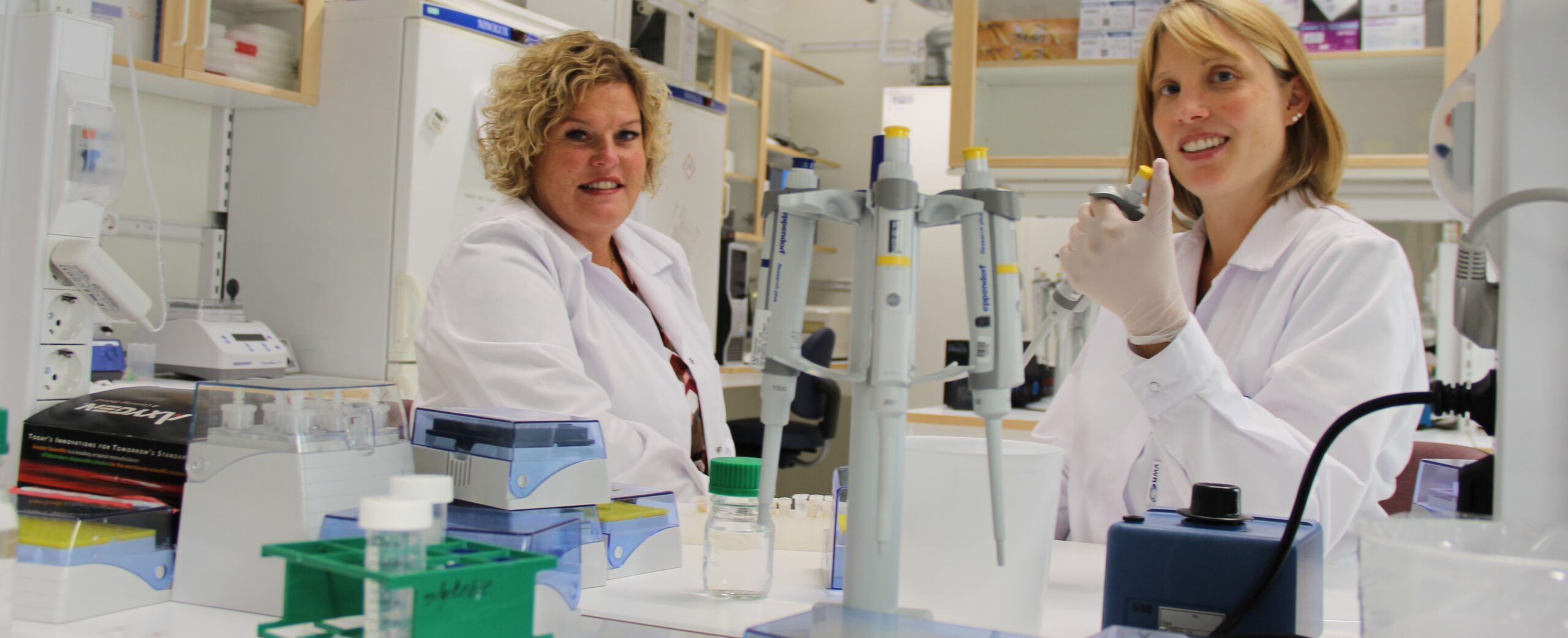Glycomics and Glycoproteomics
Glycosylation is among the most complex and diverse modification of proteins and lipids found in all forms of biological life, and advanced mass spectrometry is central in the analysis of these structures.
Changes of a cell’s glycosylation is one of the first signs of an altered environment for the cells. Hence, diseases such as cancer and inflammation manifest themselves by an altered glycosylation and suggest that glycoconjugates can be used as biomarkers for diagnosis of diseases at an early stage. The carbohydrate rich glycocalyx of a cell is also the way cells are presenting themselves to the outside world, and specific carbohydrates are the transmitters for cellular communication. We have developed workflows that allow characterization of a variety of mammalian type glycoconjugates and glycoproteins.
The LC-MS methodology for analyses of O-linked and N-linked released oligosaccharides by negative ion graphitized carbon LC-MS has been validated in the HUPO glycomic committee. The same approach has also been adopted for glycosphingolipids.
Analogous to proteomics, glycoproteomics is based on advanced mass spectrometry technologies that has evolved as the method of choice for global or directed analysis of glycoproteins and proteoglycans in biological tissue. The concept is to characterize the glycans as well as their exact attachment sites on specific peptides, identified by their unique amino acid sequences. To accomplish this a series of enrichment strategies, ionization techniques as well as bioinformatic tools are available in the research support.
Support for glycomics and glycoproteomics at BioMS include:
- Screening of released N-linked and O-linked oligosaccharides and liberated glycans from glycolipids for comparative glycomics.
- Characterization of N-linked and O-linked oligosaccharides and liberated glycans from glycolipids using exoglycosidases
- Global identification of glycopeptides
- Structural characterization of N- and O-linked glycopeptides
- Relative quantification of glycopeptides
Contact


